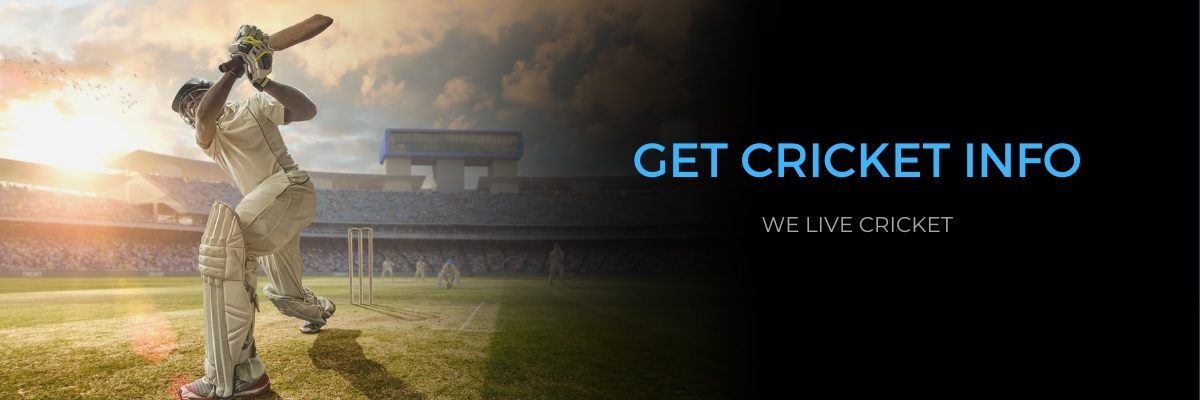Page Contents
The Wankhede Stadium is a Cricket Stadium in Mumbai, India. It is situated near Marine Lines in Mumbai.
Ground Information
| Established | 1974 |
| Capacity | 33,108 (2011-Present), 45,000 (1974-2010) |
| End Names | Garware Pavilion End, Tata End |
| Owner | Mumbai Cricket Association |
| Stands | Sunil Gavaskar Stand. North Stand. Vijay Merchant Stand. Tendulkar Stand. MCA Stand. Vitthal Divecha Stand. Garware Stand. Grand Stand. |
Wankhede Stadium History
The Wankhede Stadium was built after the dispute between the Cricket Club Of India, which owns Brabourne Stadium, and The Bombay Cricket Association (now called Mumbai Cricket Association) over the allocation of match tickets.
The dispute became severe after the Test between India and England in 1973.
Barrister Sheshrao Wankhede, a politician and the secretary of the Bombay Cricket Association (BCA) took the initiative to build a new stadium in South Bombay (now South Mumbai) near Churchgate.
The stadium was built in approximately six months and opened for the final test between India and West Indies in 1975.
Since then the Wankhede Stadium has taken over from Brabourne Stadium as the main cricketing venue in the city.
In 1947 The stadium was named after S. K. Wankhede.
The Wankhede Stadium has been host to numerous high-profile matches in the past. Most notable is the 2011 Cricket World Cup Final, in which India defeated Sri Lanka and became the first team to win a World Cup on home soil.
The Stadium witnessed the last match of Sachin Tendulkar’s international career. The Stadium also hosted the match in which Ravi Shastri hit six sixes in an over.
Also Read
International Information
| First Test | 23-29 January 1975 India vs West Indies |
| First ODI | 17 January 1987 India vs Sri Lanka |
| First T20I | 22 December 2012 India vs England |
| Only Women’s Test | 10-13 February 1984 India vs Australia |
| First WODI | 23 December 1997 Ireland vs New Zealand |
| Only WT20I | 31 March 2016 West Indies vs New Zealand |
Renovation of Wankhede Stadium
The Wankhede Stadium was built in 1974. The Stadium was built at a time when only Test matches were played. With the growth of ODI cricket in 1996, the Stadium underwent its first renovation during which floodlights were installed to facilitate excellent lighting for hosting of Day and Night matches.
Since the ICC Cricket World Cup 2011 was to be hosted in India, Sri Lanka, and Bangladesh Mumbai was chosen as the host for the Finals.
The Wankhede Stadium received its second renovation in 2010-11 before the World Cup to suit the modern facilities and comfort of the spectators and the Stadium was unavailable for Domestic and International Cricket until February 2011.
After Renovation major changes were at the North end and the South end with better facilities for the spectators in terms of bucket seating, a large number of toilets, and food courts. The Stadium has 20 elevators for North and South stands.
Wankhede Stadium Pitch Report
The Wankhede Stadium is situated close to the Arabian Sea which means the wickets here help the swing bowlers considerably, especially during the early hours of the day.
Red soil is used to prepare the pitch, which ensures consistent bounce. The Spinners have been known to benefit during the last couple of days of a test match as the pitch turns vicious turner.
In limited-overs Cricket the new ball does a bit, but the pitch tends to ease out and favor the batsmen as the innings progresses.
It has traditionally been full of runs. The venue provides great entertainment when it comes to T20 Cricket.
Mumbai Cricket Stadium Location
Official Website: mumbaicricket.com
Wankhede Stadium FAQ
-
Q) Wankhede Stadium Capacity
The capacity of Wankhede Stadium currently is 33,108 from 2011, before renovation its capacity was
45,000 (1974-2010). -
Q) Wankhede Stadium Pitch Report
Since Wankhede Stadium is close to the Arabian Sea, helps the swing bowlers especially during the early hours.
Red soil is used to prepare the pitch, which ensures consistent bounce.
Spinners get a lot from the pitch during the last couple of days of the test match.
In limited overs, its full of runs and the pitch tends to ease out and favor the batsman as the innings progresses -
Q) Where Wankhede Stadium is located?
Vinoo Mankad Rd, Churchgate, Mumbai, Maharashtra 400020.
-
Q) Which Stand is Best at Wankhede Stadium
To the left of North Stand, named after the greatest opening batsmen of all time Sunil Gavaskar Pavilions gives you the best entertainment at a pocket-friendly price & Vitthal Divecha Stand right next to Sunil Gavaskar Pavilions also provides one of the best viewing experiences.
